
Roman Military Belt Roman Legionary Belt Centurion Genuine Leather
A cingulum militare was a piece of ancient Roman military equipment in the form of a belt decorated with metal fittings, which was worn as a badge of military status by soldiers and officials. Many examples were made in the Roman province of Pannonia. [1] The belt was composed of the following parts:

Medieval Roman Legionary's Roman Military Belt Solid Brass
Blog Cingulum or balteus? How did the Roman legionary carry his sword? Nowadays, " cingulum " defines a wide belt from which the gladius hanged on the side of the owner, while " balteus " is used to define a baldric used to hang the sword to one the shoulders, crossing the soldier's chest.
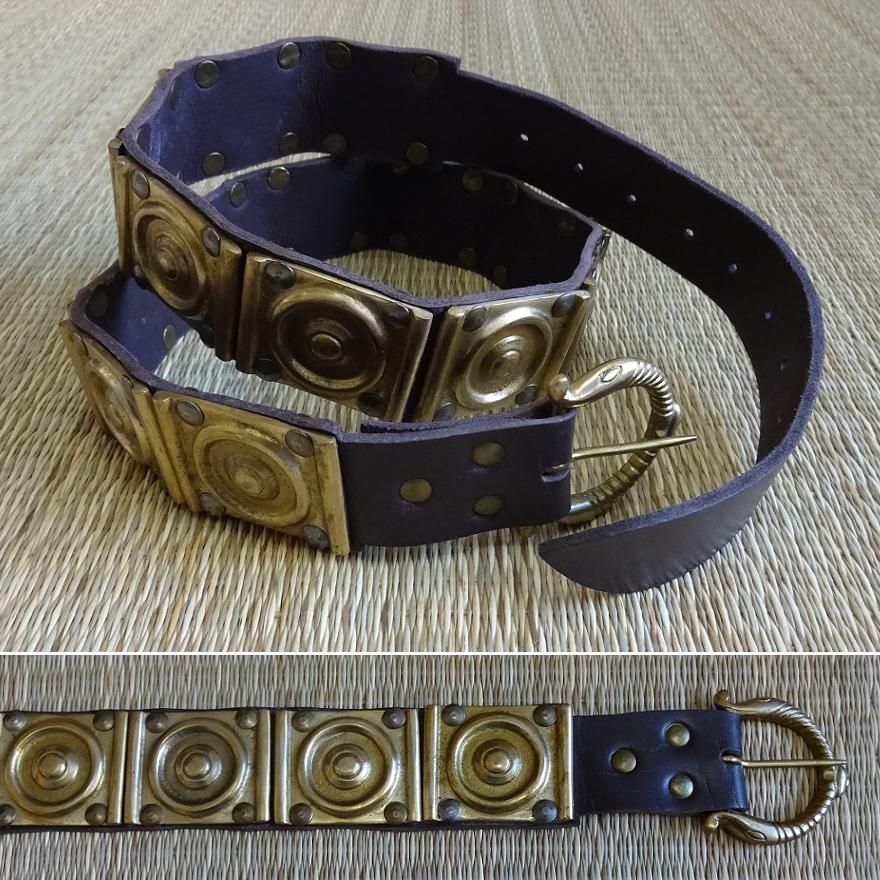
Roman Military Belt
The baldric, a belt worn over one shoulder that is typically used to carry a weapon (usually a sword) or other implement such as a bugle or drum The balteus, the standard belt worn by the Roman legionary. It was probably used to tuck clothing into or to hold weapons.

Roman Centurio Belt Cingulum 1st Cen Military Soldier Etsy
In Roman archaeology, the term mili-tary belt is regularly used for any belt decorated with elaborate metal mounts. In fact, these mounts are seen as distinguishing a common leather belt - which could have been worn by anybody - from a military belt worn only by soldiers.

Medieval Roman Legionary's Roman Military Belt Solid Brass
The Roman soldier's belt is primarily ornamental signified rank of officers and soldiers was called a Cingulum Militaire. The belt was comprised of a studded leather belt with varying numbers of hanging leather strips that were sometimes heavily decorated metal discs and rings. This particular example is based off one design that was popular.
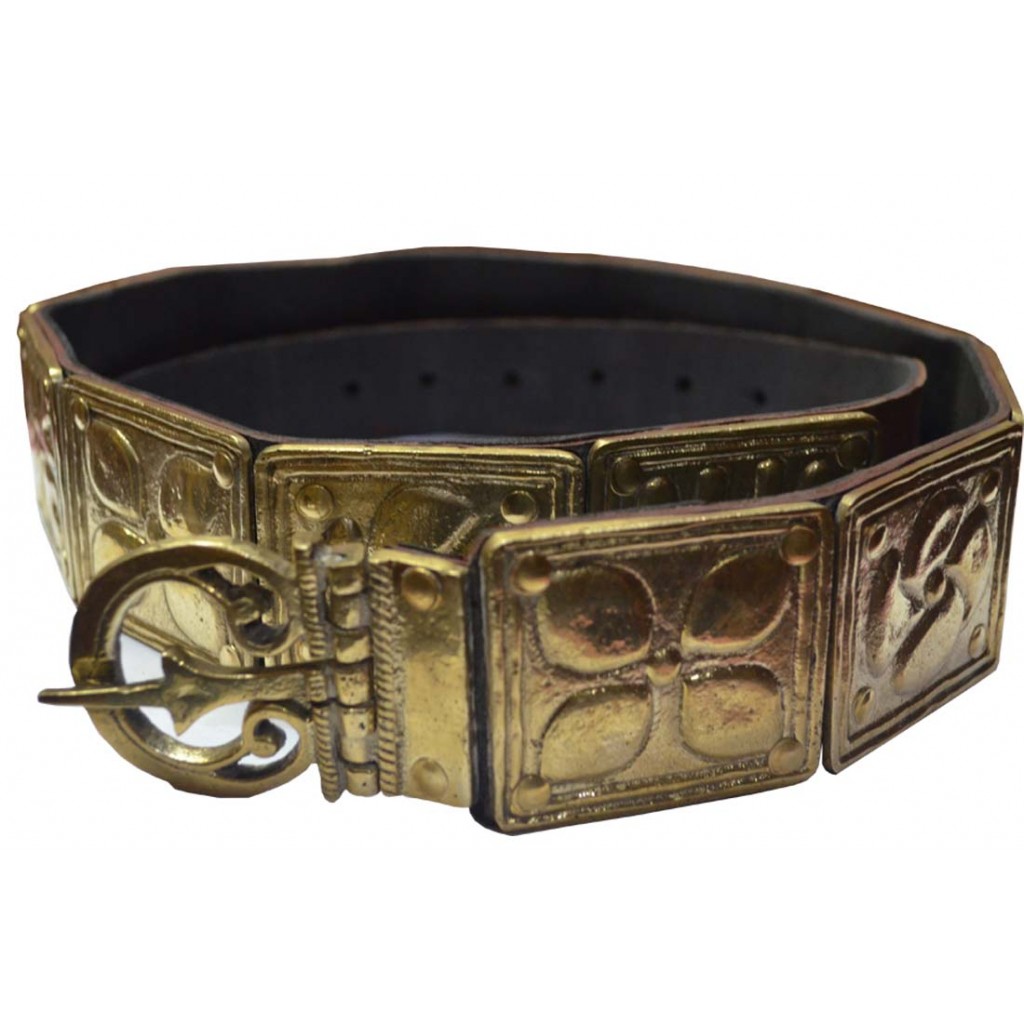
Medieval Roman Legionary's Roman Military Belt Solid Brass
Roman Reenactment Guide: Military Belt (Balteus) The plate-covered belt popularly called a cingulum was actually known as a balteus . In the mid-first century AD a single belt to support the dagger was most common, but the two crossed belts worn in Augustan times still appeared. It is clear that the balteus was a valuable personal posession.
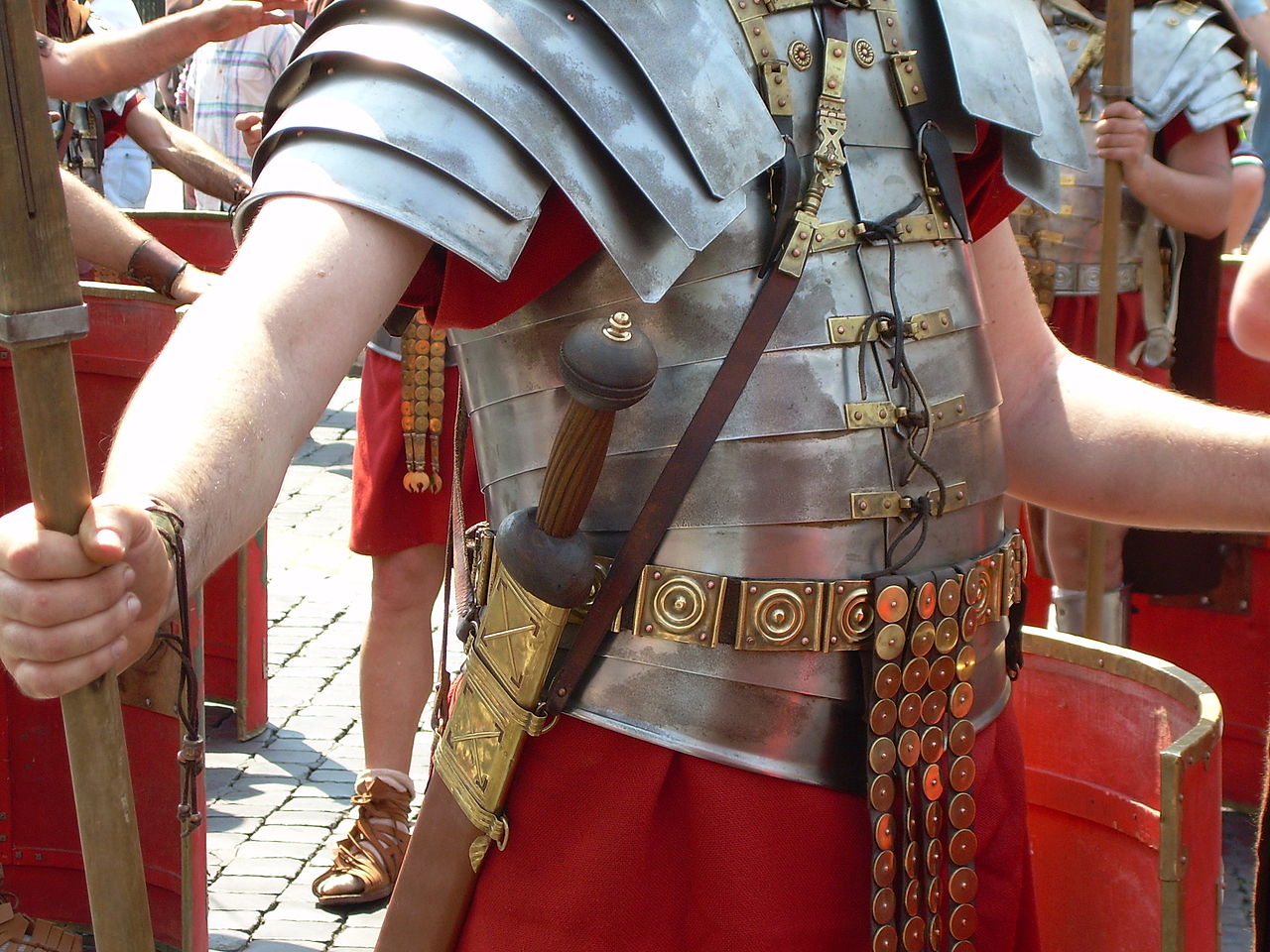
Roman Times Roman military belts Symbols of social status and Auctoritas
Below a first - second century AD soldier`s belt, the cingulum , to carry the dagger ( pugio ). The short sword ( gladius ) was usually carried using a thin leather belt over the shoulder, the so-called balteus . See also in the reconstruction section for examples. Drawings from Roman Military Equipment by Bishop & Coulston, Edition 2, 2006.

Medieval Armour Roman Legionary's Roman Military Belt
The Roman Military Belt Stefanie Hoss In: Nosch, M.-L. (ed), Wearing the Cloak. Dressing the Soldier in Roman Times. Ancient Textiles Series vol. 10, Oxford (DressID). how do you recognize a Roman soldier for what he is - when he's on the street, alone and without his weapons and armour?

Importance of belts in Roman army « IMPERIUM ROMANUM
" The cingulum is the traditional Roman soldier's military belt. The term "cingulum" can also refer to the baldric-style belt used to carry a gladius, pugio, loculus, etc. When you think of the Roman soldier, one of the things you think of, is the dangling straps ( called baltea) hanging at he front of his belt. The Mark of a Soldier

Reconstruction of the balteus the belt of the Roman legionary of the
The Roman military belt was the distinguishing symbolic object visually setting the soldier apart from civilian men in Roman society and marking him as milites even when not wearing arms and armour. It kept this important function even after the sword was carried on the baldric from the 2nd century onwards. During the 3rd century, belt fashions.
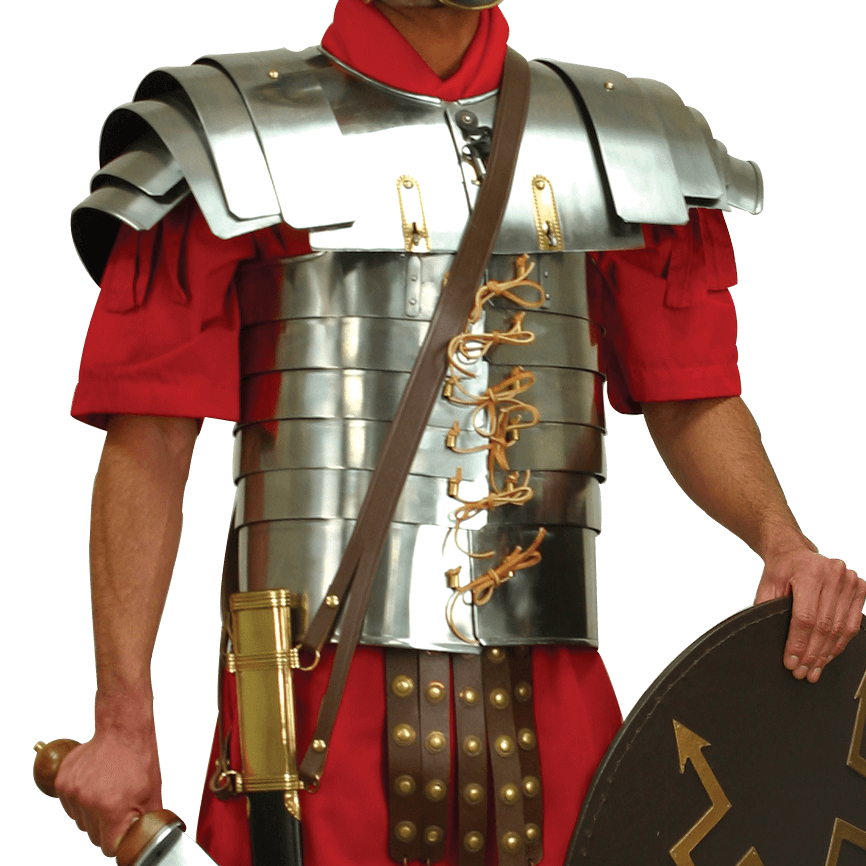
Roman Belts & Baldrics and Gladiator Belts Medieval Collectibles
In Roman archaeology, the term military belt is often used for any belt decorated with elaborate metal mounts. But many finds of belt mounts are found without a military connection, e. g. in graves. How do we know if these are really military belts?

Roman Military Belt Roman Legionary Belt Centurion Genuine Leather
"The military belt of the Roman soldier can therefore be defined as a symbolic object, both an article of clothing and a piece of military equipment, setting the soldier apart from civilian men and marking him as a "miles." Hoss tells us the belt was decorated with "elaborate buckles, metal plates, strap-ends and other attachments, which made.

Roman Times Roman military belts Symbols of social status and Auctoritas
16 July 2022 Balteus | Photo: Roman Republic Cultural Group Balteus took the form of a belt decorated with silver plates or embossed with bronze. It was a symbol of a legionary, so taking it off meant "suspension" "in being a soldier.

Roman Military Belt Roman Legionary Belt Centurion Genuine Leather
This paper discusses the situation during the Russian Army retreat and the results caused by lack of communication. PDF | On Jan 1, 2011, S. Hoss published The roman military belt | Find, read and.

ROMAN Legionary Soldier belt Centurion Hanging roman apron Etsy
For us, we will use the term "cingulum" for the soldier's military belt and the term "balteus" for things such as a sword baldric. The cingulum is the traditional Roman soldier's military belt, whilst the balteus is an ordinary or common belt. The term "balteus" refers to the baldric-style belt used to carry a gladius, pugio, loculus, etc.
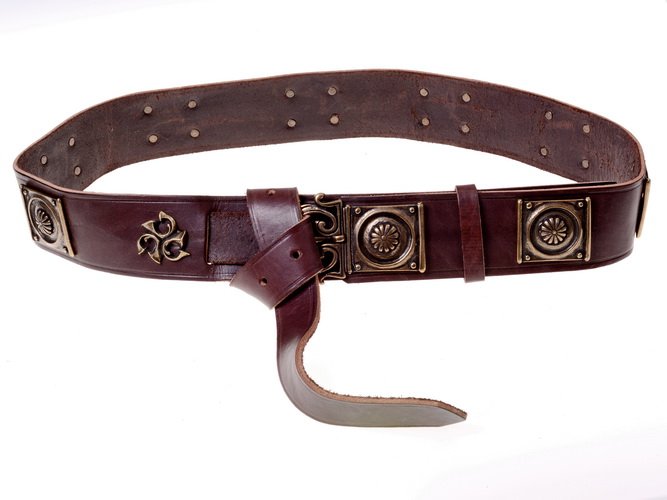
Early Roman Period 5cm Wide Military Belt with Additional Plates
Initially, the Roman army consisted of a citizen militia and was recruited from the propertied citizenry. They served unpaid only for the duration of the war. It was not until the Late Republic and the consulship of Gaius Marius (c. 157-86 BCE) that the part-time militia became a full-time, professional army.